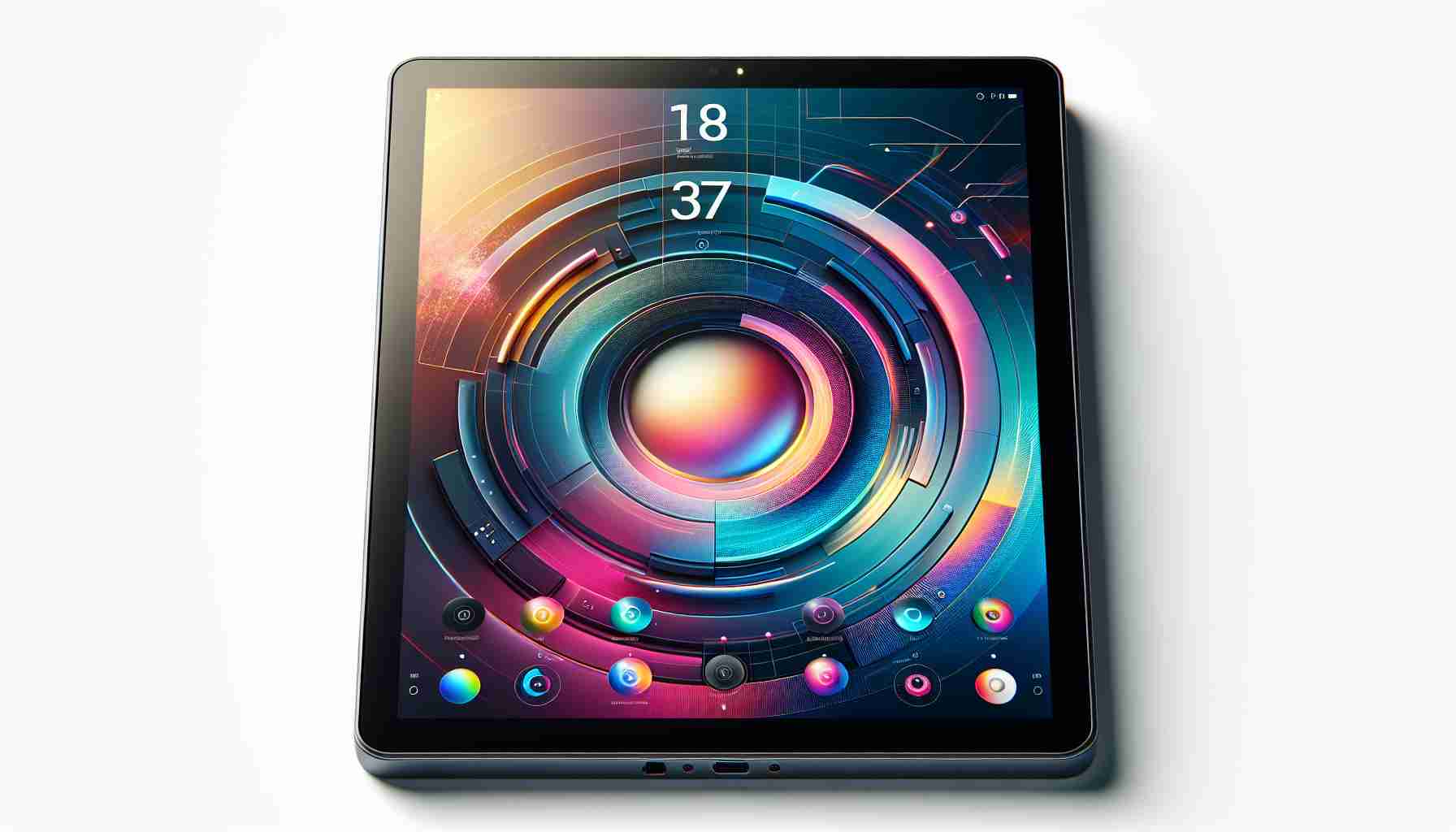Poco Pad Enters the Tablet Market with a Focus on Connectivity and Everyday Performance
Poco, a brand recognized for providing users with an optimal balance between functionality and cost, delves into the tablet arena with its first offering, the Poco Pad. Steering away from the usual gaming-centric approach, this device expands its horizons to cater to those interested in media consumption and productivity while still maintaining the capability for gaming forays.
The Poco Pad sets itself apart with a robust accessory range, including a standard cover case, a keyboard cover for those who type extensively, and a stylus for creatives. At a competitive price point of around $329 depending on the market, it features 8 GB of RAM and 256 GB of storage, which is a sole configuration not available in the U.S. officially.
A union of elegance and practicality defines the Poco Pad’s design. Its 12.1-inch LCD display boasts a high resolution with a 16:10 aspect ratio and a 120 Hz refresh rate, encased in a sleek aluminum unibody for a premium feel. Despite its slim profile, it doesn’t compromise on connectivity, offering a headphone jack for audio enthusiasts.
HyperOS: A Convergence of Utility and Minimalism
The Poco Pad is equipped with Xiaomi’s HyperOS, based on Android 14, and comes with the latest security updates. Minimal bloatware is a highlight here, with only essential third-party applications installed, promising a clean, user-friendly interface. However, it could come at a storage cost right from the start.
One notable function of HyperOS is its seamless integration with other Xiaomi devices. It enables users to mirror a phone screen onto the tablet, facilitating text and image transfers effortlessly—a feature notedly similar to recent developments from Apple’s ecosystem.
Balanced Performance for Mid-Range Users
While the Poco Pad may not boast flagship internals, its Snapdragon 7s Gen 2 chipset and 8 GB of LPDDR4x RAM provide a satisfying performance for its category. Users can expect a smooth experience with streaming apps and efficient multitasking abilities, representing a versatile option for those seeking a balance between work and play.
Important Questions and Answers:
1. What is the target market for the Poco Pad?
The Poco Pad targets users who require a balance between media consumption, productivity, and occasional gaming. It is aimed at mid-range consumers who value a mix of performance, design, and affordability.
2. How does the Poco Pad compare to competitors in terms of specifications and price?
At a price point of around $329 and a configuration of 8 GB of RAM and 256 GB of storage, the Poco Pad competes in the mid-range tablet market. It holds its own by offering a high refresh rate display and sufficient storage compared to similarly priced tablets, while maintaining a competitive edge through its accessory range and connectivity features.
3. What are some potential challenges associated with the Poco Pad?
Challenges could include brand recognition in the crowded tablet market, especially among strong competitors like Apple and Samsung. Additionally, the absence of the Poco Pad in the U.S. market initially could limit its exposure to potential consumers.
Key Challenges or Controversies:
A challenge the Poco Pad may encounter is convincing consumers to choose it over established players with strong customer loyalty, such as iPads or Galaxy Tabs. Additionally, while HyperOS could offer a clean and functional experience, users might miss some features that are standard in other more familiar interfaces.
Advantages:
– Ample RAM and storage for a mid-range tablet.
– High-resolution, high refresh rate display suitable for a variety of media.
– Range of accessories to enhance productivity and creativity.
– Headphone jack inclusion caters to audio enthusiasts.
– Cleanness of HyperOS, with reduced bloatware.
Disadvantages:
– Limited availability, with no official release in the U.S. initially.
– Snapdragon 7s Gen 2 chipset may not meet the needs of users seeking top-tier gaming performance.
– Storage may be impacted by the essential third-party apps included in HyperOS.
If you would like to explore more about Poco or check for updates, please visit the official site of the Poco brand: POCO Official Website. Always double-check the URL to make sure it is valid before following a link.
